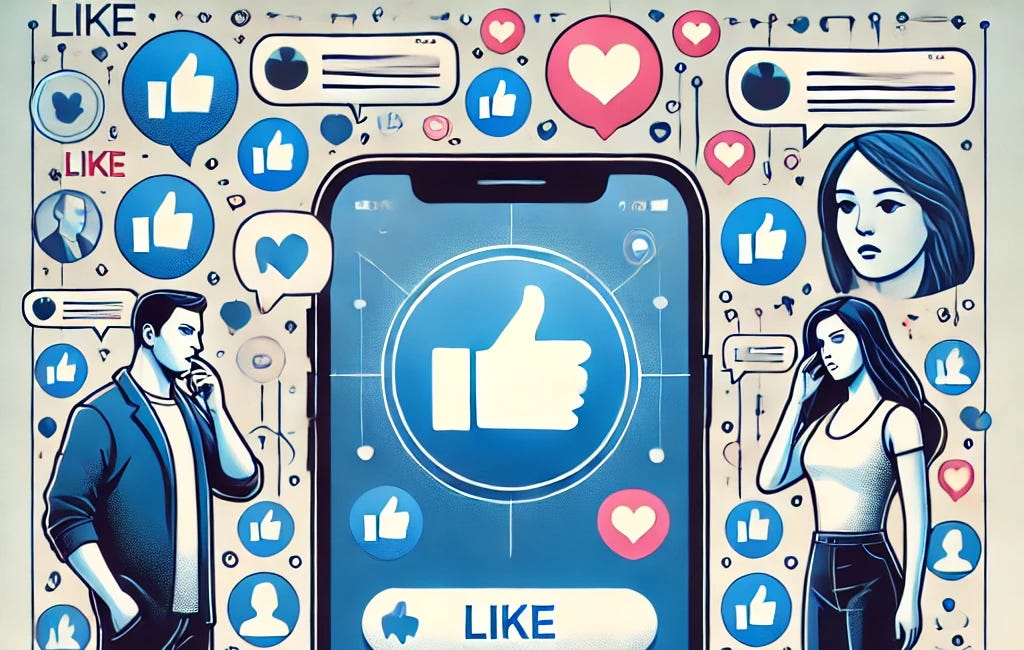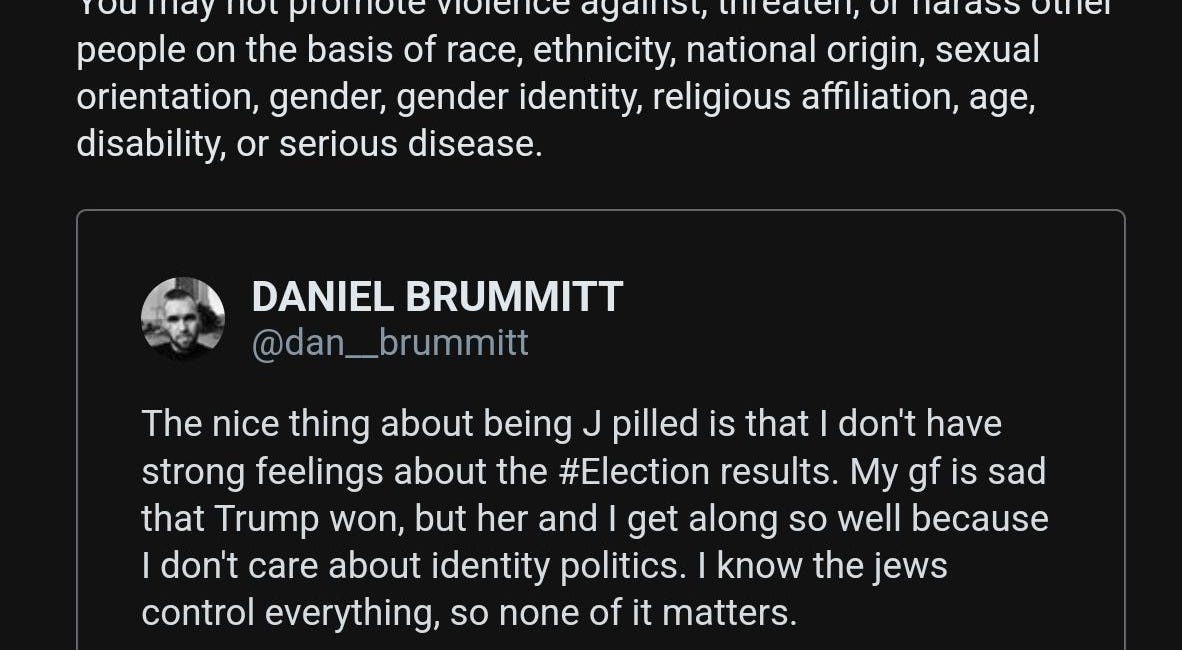How Rage-Baiting Divides America
—And How to Fight Back
What Is Rage-Baiting?
Rage-baiting is content deliberately designed to provoke anger, outrage, or resentment. It thrives on emotional triggers—often exploiting political, gender, or racial divisions—because anger drives engagement.
Social media algorithms (TikTok, Instagram, X, YouTube) prioritize engagement, meaning the more a post makes people react (even negatively), the more it gets pushed into feeds. This creates a vicious cycle:
A post exaggerates or twists reality to make one group look bad.
Outraged users comment, share, and argue, boosting the post.
The algorithm shows it to more people, further polarizing audiences.
The result? A society where everyone is fed a different, anger-fueled version of reality—making it nearly impossible to find common ground.
How Rage-Baiting Hurts American Society
1. It Forces People Into Artificial Tribes
You don’t choose to see rage-bait—it’s pushed onto you.
One person gets "Men vs. Women" posts, another gets "Left vs. Right," another gets "Black vs. White."
Different people see different conflicts, fracturing shared reality.
2. It Rewards the Most Extreme Voices
Nuanced discussions don’t go viral—outrage does.
Moderates get drowned out, while radicalized voices dominate.
Over time, people start believing caricatures of opposing groups.
3. It Makes Us Distrust Each Other
If your feed constantly shows "Group X hates Group Y," you’ll assume that’s the norm.
Real-life interactions suffer because people expect conflict.
Empathy dies when everyone is reduced to a villain.
4. It’s Profitable—So It Won’t Stop Without Pushback
Social media companies make money from your anger.
Even if you hate a post, engaging with it tells the algorithm: "Show me more!"
The only solution is mass awareness and resistance.
How to Resist Rage-Baiting
1. Recognize the Pattern
Does this post simplify a complex issue into "good vs. evil"?
Is it designed to make you angry rather than inform you?
If yes, don’t engage.
2. Starve the Algorithm
Scroll past rage-bait without liking/commenting.
Mute or block accounts that constantly post divisive content.
Follow creators who promote dialogue, not conflict.
3. Seek Out Nuance
If a post claims "All [Group] are [Negative Thing]," look for counter-perspectives.
Read long-form articles instead of reacting to 15-second clips.
Talk to real people—not just online caricatures.
4. Demand Better from Platforms
Support algorithmic transparency (e.g., "Why am I being shown this?").
Advocate for options to reduce outrage-based recommendations.
Quit doomscrolling—the less we engage, the less they’ll push it.
Final Thought: Reclaiming a Shared Reality
Rage-baiting doesn’t just distort online discourse—it rewires our brains to see the world through anger. But if enough people recognize the game, we can stop playing into it.
The next time a post tries to make you hate a stranger, ask yourself:
"Who benefits from me being outraged?"
The answer is never you.
Examples of Algorithmically-Amplified Content Fueling Division
Here are posts that appear designed to maximize outrage and reinforce adversarial narratives—particularly around gender. While individual creators may have their own motivations, the larger problem lies in how platforms reward this content, pushing it into feeds to exploit engagement.
By recognizing these patterns, we can start to question:
Why does this content keep appearing?
Who benefits from keeping us divided?
How can we disengage from the cycle?
 Tiktok failed to load.
Tiktok failed to load.Enable 3rd party cookies or use another browser
 Tiktok failed to load.
Tiktok failed to load.Enable 3rd party cookies or use another browser
 Tiktok failed to load.
Tiktok failed to load.Enable 3rd party cookies or use another browser
Are Social Media "Likes" Really a Big Deal in Relationships?
In today’s hyperconnected world, social media has become a stage for everything, including relationships. From posting photos together to tagging each other in memes, it’s a way couples interact, bond, and sometimes… clash. One of the most common complaints? The dreaded, "Why are you liking someone else's photos?"
Decriminalizing Prostitution:
In today’s high-pressure world, many men, especially those who are married, poor, or feel unattractive, struggle with finding healthy outlets for their frustrations. These unaddressed frustrations often lead to destructive behaviors like domestic violence or even rape, which then fuels debates around abortion and reproductive rights. By legalizing or de…
The Impact of Data Suppression
In today’s age of boundless information and instant communication, platforms like Twitter play a crucial role in shaping public discourse. Yet, as many users have experienced, the way content is moderated often raises questions about fairness and the unintended consequences of over-policing speech. Recently, one of my tweets, aimed at promoting understa…
Navigating Social Perception
In today’s society, women face a delicate balance between societal pressures, personal growth, and navigating relationships. While shifts in gender equality have occurred, it’s becoming increasingly clear that women need to evolve their thinking patterns to be respected in both professional and personal spaces. Failure to do so may not only result in in…
The Blame Game: How Social Media Owners Control the Narrative, Not Consumers"
As former CMO of a social media network, I learned a thing or two about what's true and false regarding who's really to blame: owner, producer vs. consumer.











